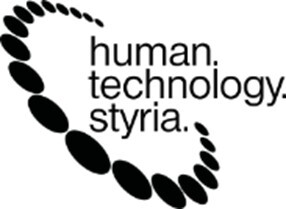Stanford researchers have developed soft integrated circuits that are powerful enough to drive a microLED screen and small enough to pack thousands of sensors into a single square centimetre.
Small wearable or implantable electronic components could help monitor our health, diagnose diseases and create opportunities for improved autonomous treatments. To achieve this without hurting or damaging the cells around them, these electronics must not only bend and stretch with our tissues, but also be soft enough to not scratch and damage the tissue.
The Research
Researchers at Stanford have been working on skin-like, stretchable electronic devices for over a decade. Now, in a report published in Nature, they present a new design and manufacturing process for skin-like integrated circuits that are five times smaller and operate at a thousand times faster speeds than previous versions.
The researchers showed that their soft integrated circuits are now capable of driving a micro-LED screen or detecting a Braille panel, with the ICs more sensitive than human fingertips.
It was a significant leap forward. For the first time, stretchable integrated circuits are now small enough and fast enough for many applications.
This will make wearable sensors and implantable nerve and intestinal probes more sensitive, able to power more sensors and potentially use less power.
2,500 sensors and transistors in one square centimetre
At the heart of the circuits are stretchable transistors made of semiconducting carbon nanotubes and soft-elastic electronic materials developed in Bao’s lab. Unlike silicon, which is hard and brittle, the carbon nanotubes have a fishnet-like structure between the elastic materials that allows them to continue functioning even when stretched and deformed. The transistors and circuits are deposited onto a stretchable substrate along with stretchable semiconductors, conductors and dielectric materials.
There was not only to develop new materials, but also the circuit design and manufacturing process for the circuits.
Many layers stacked on top of each other.
In a demonstration of their new stretchable electronics design, the researchers managed to fit more than 2,500 sensors and transistors into one square centimetre, creating a tactile active matrix that is more than ten times more sensitive than human fingertips.
Results
The researchers showed that the sensor array can detect the location and orientation of tiny shapes or recognize entire words in Braille.
With such high resolution, you could capture an entire word, or possibly an entire sentence, with just one touch.
The researchers also used their stretchable circuits to drive a micro-LED display with a refresh rate of 60 Hz, which is the typical refresh rate of a computer or television screen.
Previous versions of the stretchable circuits were not fast enough at small dimensions to generate enough current to achieve this.
Conclusion
This performance improvements open up many new possibilities. Preliminary results show that a transistor can be used to drive commercial displays, such as those used in computer monitors.
For biomedical applications, a high-density, soft and adaptable sensor array could allow to detect signals from the human body, for example from the brain and muscles, at large scale and fine resolution. This could lead to next-generation brain-machine interfaces that are both powerful and biocompatible.
Here the full article by DeviceMed:












